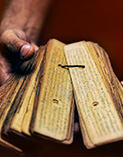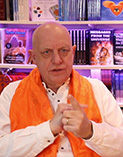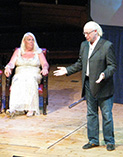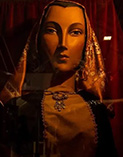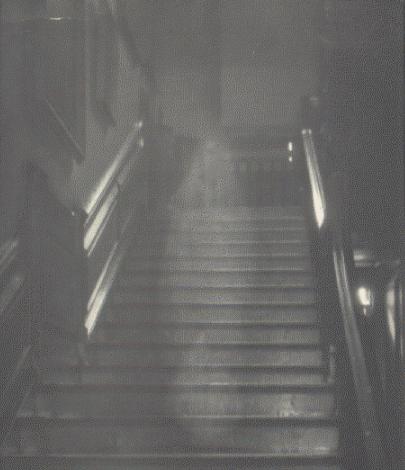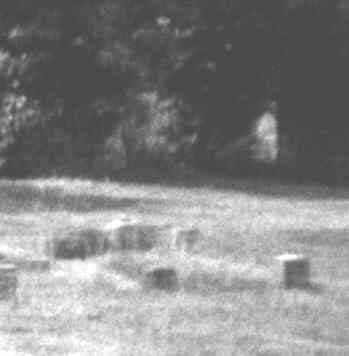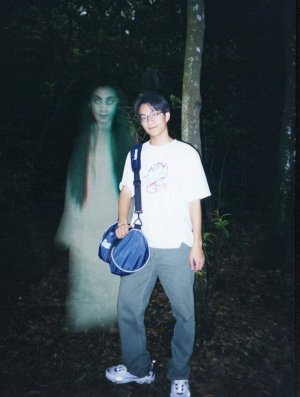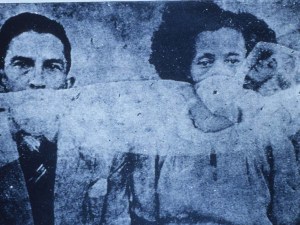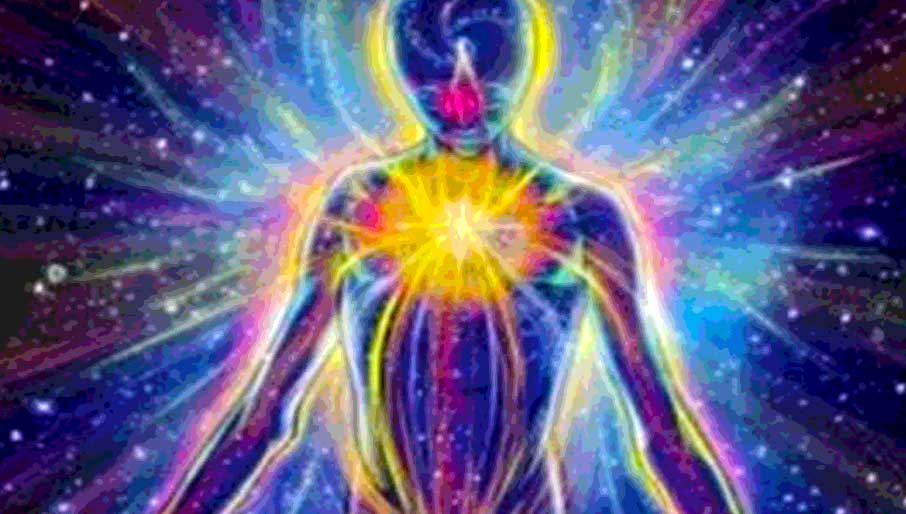Article by Craig Hamilton-Parker. I have a monthly newspaper in Take a Break’s Fate and Fortune Magazine called ‘Phantoms on Film’. Have you got a snapshot that spooks you out? I have studied thousands of paranormal photos, so send yours to the magazine, and I’ll give you my expert verdict.
🔴 Purchase my Book: 'Phantoms on Film' Here
Video: Your Ghost Pictures Analyzed
FOLLOW US ON YOUTUBE – For more like this
Let’s Analyse some Famous Ghost Pictures
Now it’s your turn to examine the Top Ten Famous Ghost Pictures of all time. I’ve shared my verdict—what’s yours? Are these genuine paranormal phenomena, explainable anomalies, or simply tricks of the eye?
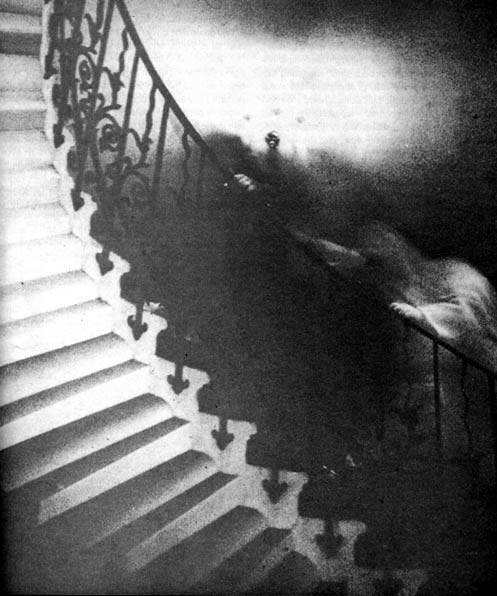
The Ghost on the Stairs – The Classic of Famous Ghost Pictures
In 1966, retired Canadian clergyman Ralph Hardy captured a now-famous photograph of the staircase at the National Maritime Museum in Greenwich, London. While he noticed nothing unusual at the time, the developed image revealed a ghostly figure lurking in the shadows—a sight that horrified him. The photo quickly gained fame as one of the world's most iconic ghost images.
Although experts of the era confirmed that the negative had not been tampered with, I remain skeptical. The image feels too perfect, depicting exactly what one might imagine a ghost to look like—spooky, hooded, and theatrical. In my nearly 30 years as a medium, I have never encountered a spirit dressed in such clichéd attire. To me, this seems more like fantasy than genuine paranormal evidence.
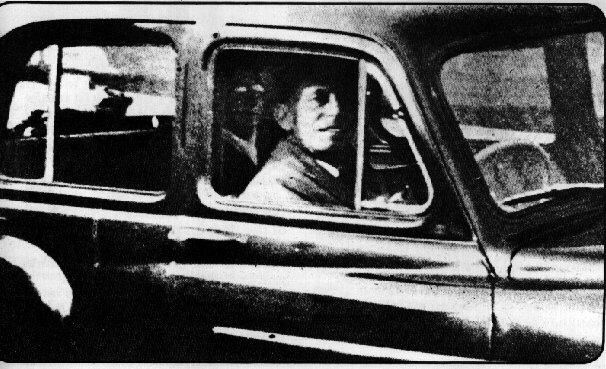
The Back-Seat Driver Ghost
In 1959, Mrs. Mabel Chinnery visited the cemetery to pay respects at her mother’s grave. She took a photo of the grave and then snapped a picture of her husband, who was sitting alone in the car. When the photo was developed, her mother’s image appeared in the back seat of the car. An expert who analyzed the photo and negatives confidently stated, “I stake my reputation on this picture being genuine!”
Craig’s Response: This could very well be a true spirit communication. I believe spirits can sometimes appear on film to provide comfort to their loved ones, and this may be one of those moments. Or perhaps it’s a case of a mother-in-law keeping an eye on things—even from beyond the grave!
The Brown Lady of Raynham Hall
This photo, taken on September 19, 1936, at 4 P.M., was part of a photoshoot for Country Life Magazine at Raynham Hall in Norfolk, England. The ghostly figure captured on the staircase had reportedly been seen multiple times by credible witnesses.
The photographer claimed to have seen the apparition descending the stairs and shouted to a colleague, who insisted she saw nothing. While some argue this image results from double exposure, many photography experts disagree.
I’ve observed similar effects caused by smudges, fingerprints, or even Vaseline on a camera lens. When we consulted a professor for an opinion, he dismissed the photo as a fake. However, I remain sceptical of his conclusion, as the "professor" specialized in English, not photography or any hard science. This raises questions about the reliability of his assessment.
The Borley Rectory Ghost
The Borley Rectory, located near the River Stour in Essex, was famously known as the most haunted house in the UK until it mysteriously burned down in 1939. Even today, visitors flock to the derelict site, hoping to capture a phantom on film. Between 1930 and 1935, during the tenancy of Lionel and Marianne Foyster, over 2,000 poltergeist phenomena were reported, many investigated by renowned parapsychologist Harry Price.
Poltergeist activity, however, may not always be the work of spirits. It’s often attributed to psychic energy projected by living individuals, which can cause objects to move. The intense media frenzy surrounding the haunting has made it difficult to separate genuine phenomena from sensationalized accounts.
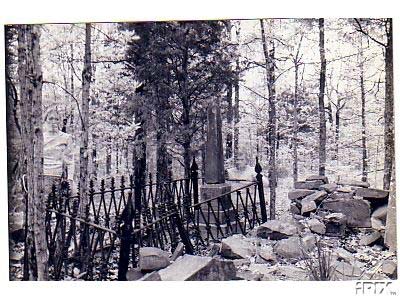
The Ghost on eBay
This modern photograph, once listed in an eBay auction, shows two peculiar figures near a grave. One appears to be leaning over the grave, while the other, a woman, seems to be looking directly at the camera from beside a tree. Both figures are dressed in modern attire and appear strikingly lifelike.
While it’s an intriguing image that has circulated widely online, the lack of background information makes it difficult to determine if it’s genuine or staged. I would categorize this as a "simulacra"—a term derived from Latin meaning an object that represents something else, like seeing faces in clouds or the image of Jesus in a slice of burnt toast.
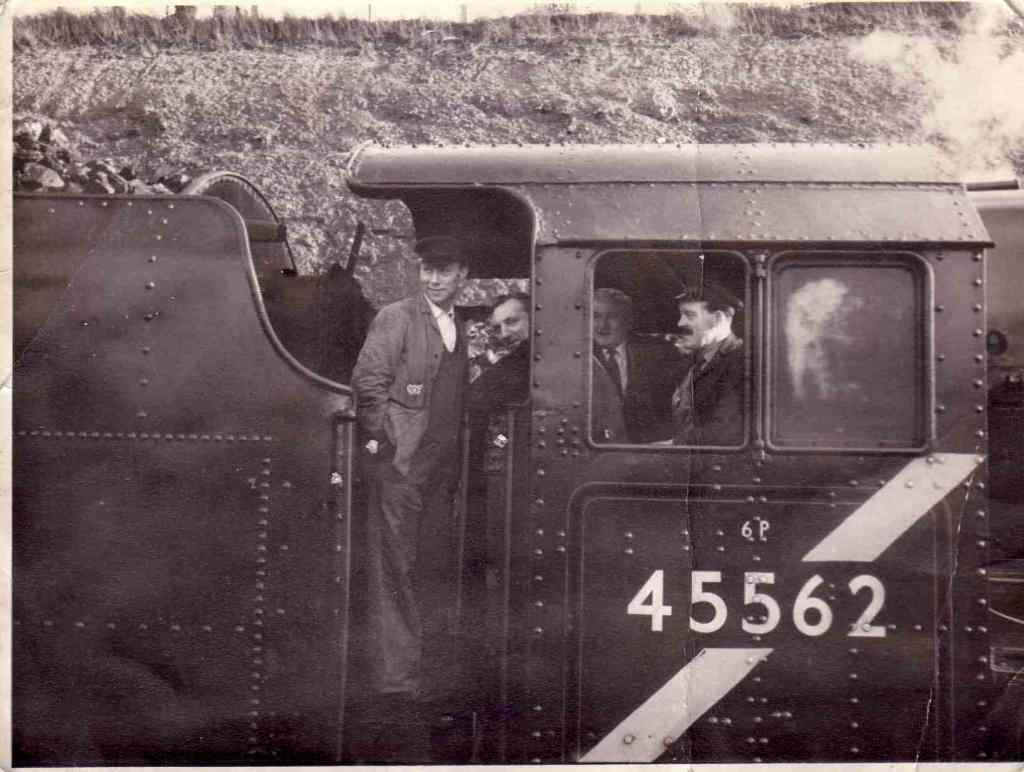
The Alberta Ghost Train Spook
This photo, taken in the 1960s during the final journey of the Alberta Steam Train before its retirement, seems to reveal the ghostly figure rumoured to haunt the train. Nearby, the Flying Scotsman pub—a known hotspot for paranormal sightings—adds to the eerie lore surrounding the area.
The image was submitted to my website by the son of the man featured in the photo, who stated, "I can vouch that there was no trickery or photo retouching involved." Since then, the photo has gained widespread attention online and is now regarded as one of the most famous ghost images.
The Rain Forest Spook
This photograph gained fame as part of the archive of ghost pictures when it went viral online, shared by millions.
The accompanying message read: "I was with three friends—Gaurav, Akshat, and Chetan—on a summer holiday to the Sundarbans rainforest reserve in India. While taking turns photographing each other, Chetan asked for his picture to be taken. Afterward, he questioned why we took the photo when we could clearly see a woman standing next to him. Three days later, Chetan died."
Despite its eerie backstory, this image is clearly a fake
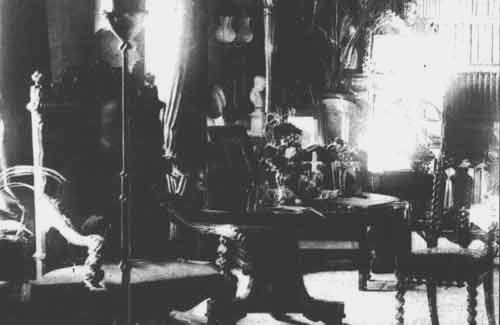
The Ghost of Lord Combermere
This photograph of the Combermere Abbey library was taken in 1891. The figure of a man can faintly be seen sitting in the chair to the left. His head, collar and right arm on the armrest are clearly discernable. It is the ghost of Lord Combermere – a British cavalry commander in the early 1800s who had investigated the famous “Moving Coffins” of Barbados.
This is probably an accidental double exposure caused by using a slow shutter speed. A servant might have come into the room and sat briefly in the chair, creating a transparent image.
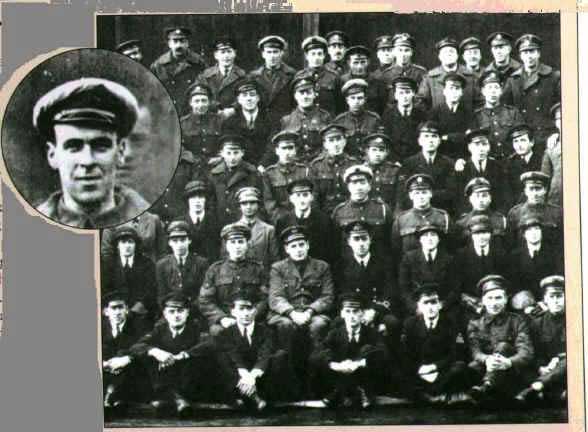
Sir Victor Goddard and the Ghost Squadron
This group portrait of Sir Victor Goddard's squadron, taken aboard the HMS Daedalus during World War I, features an unexpected addition—an extra face. The men identified it as Freddy Jackson, an air mechanic tragically killed by an aeroplane propeller. Strangely, his funeral was taking place on the same day the photo was taken.
During WWI, it was common to superimpose images of fallen soldiers into family photographs as a token of remembrance. It’s possible the photographer intended to create a comforting tribute, or perhaps Freddy’s spirit appeared to reassure his comrades that life continues beyond death.
Photo Makes Murderer Confess
This early photograph, captured on a glass plate in Brazil, features an unsettling "spirit extra." At the time, these images required sitters to remain perfectly still. The photographer, who was neither a Spiritualist nor a medium, claimed he saw the woman's ghostly figure through his camera lens as he took the photo. Remarkably, two weeks later, the man being photographed confessed to murdering the woman depicted.
Tampering with glass plates is far more challenging than with negatives or digital images, but the photo does resemble a double exposure. Was this a calculated trap by the photographer, or did the spirit world intervene to expose the crime? As the saying goes, "Be sure your sins will find you out!"
What’s your take? Are these genuine phantoms or clever fakes?


